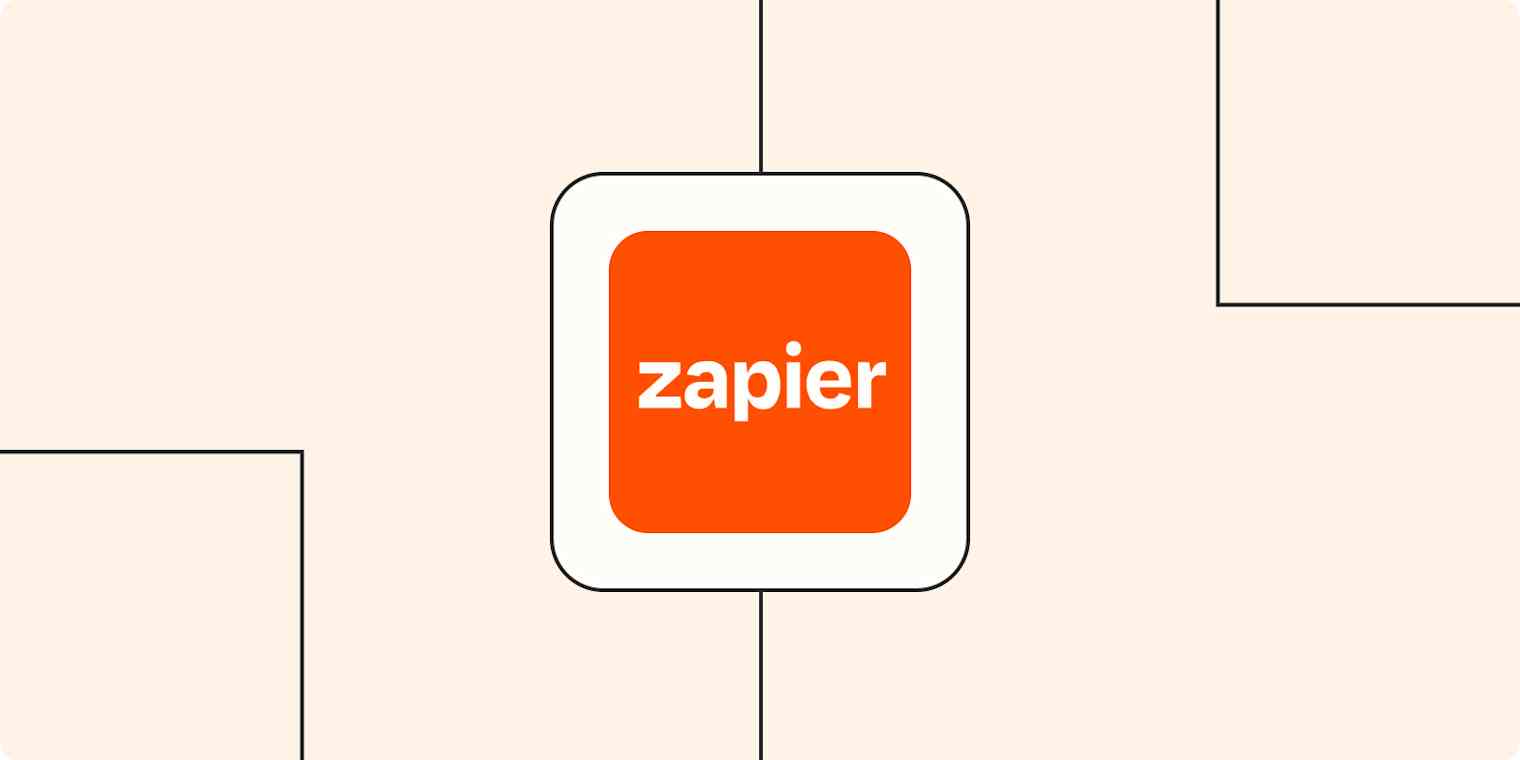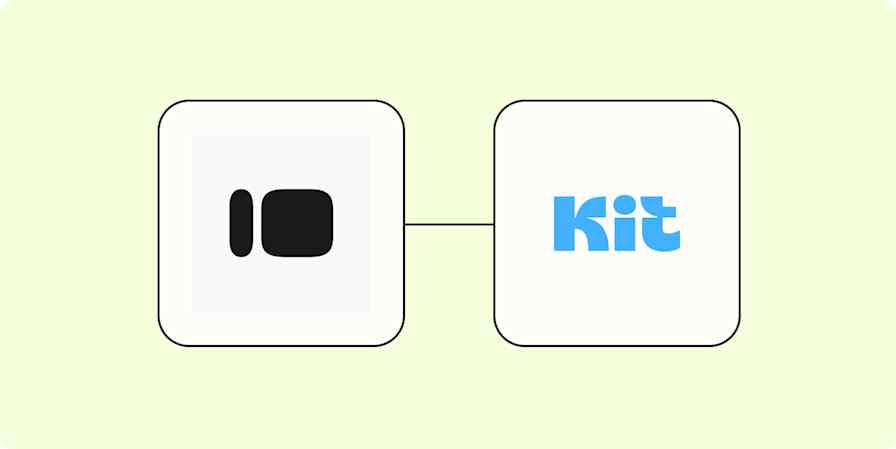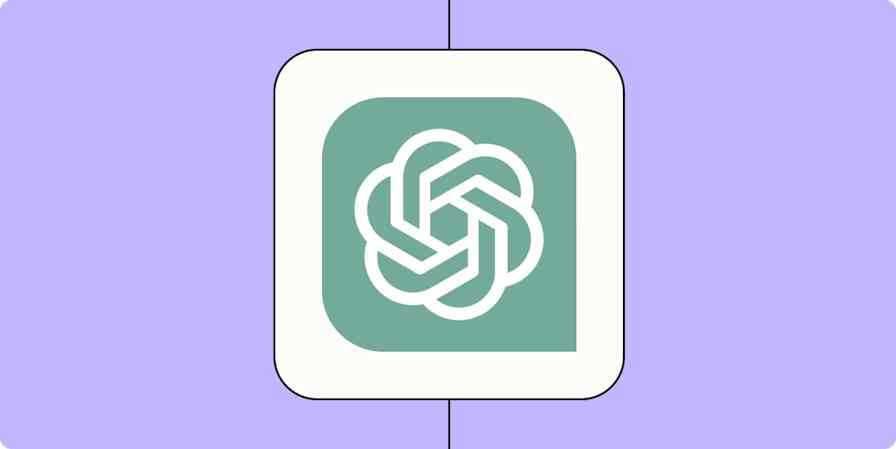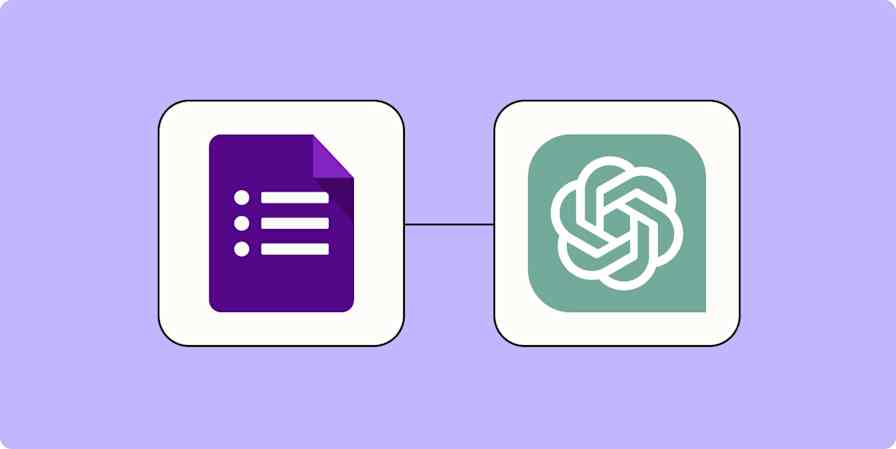Zapier tutorials
13 min read"Hey Siri, start a Zap": How to use Apple Shortcuts with Zapier
By Krystina Martinez · December 12, 2022

Get productivity tips delivered straight to your inbox
We’ll email you 1-3 times per week—and never share your information.
mentioned apps
Related articles
Improve your productivity automatically. Use Zapier to get your apps working together.








